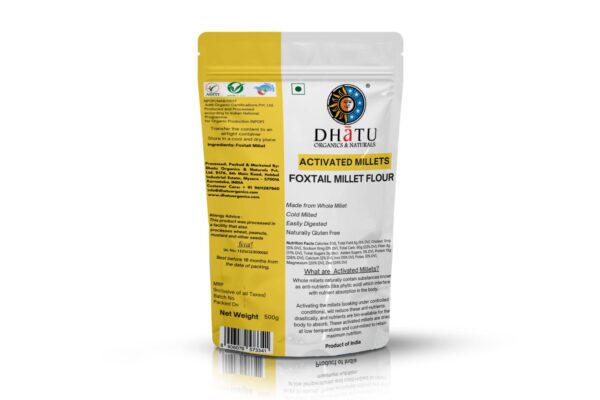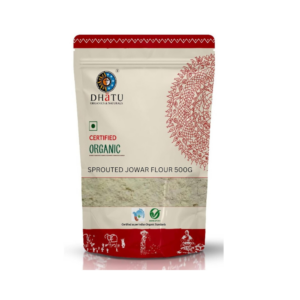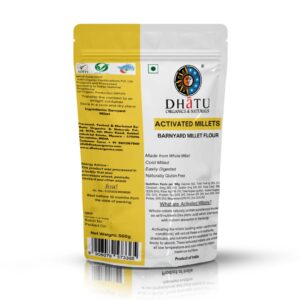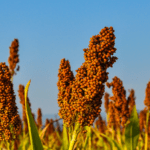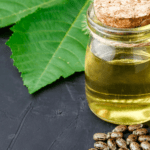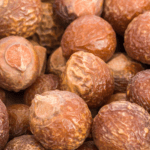Track Your Order | Free Delivery > ₹ 499
Activated Foxtail Millet Flour 500g
₹150.00
Extra Features
- Premium Quality
- Secure Payments
- Worldwide Shipping
Activated Foxtail Millet Flour – Reasons to Choose Activated Flours
The soaking process of the unpolished foxtail millet grains activates the otherwise dormant grains – several changes occur due to the absorption of water and the initiation of various biochemical processes. Here are the key changes you can observe in soaked seeds and grains:
- Hydration:
- The most immediate change is the absorption of water by the grains. This process, known as hydration, causes the seeds to swell and become softer.
- Initiation of Germination:
- Soaking provides the necessary conditions for germination to begin. Germination is the process where a seed transforms into a young plant.
- Enzyme Activation:
- Unpolished millets contain dormant enzymes that become active during soaking. These enzymes play a crucial role in breaking down complex compounds within the seed, making nutrients more accessible and aiding in the digestion of the seed itself.
- Release of Enzyme Inhibitors:
- Enzyme inhibitors present in raw millets are often released during soaking. These inhibitors can interfere with digestion and nutrient absorption. Releasing them through soaking makes the seeds more digestible.
- Reduction of Anti-Nutrients:
- Anti-nutrients, such as phytic acid, are compounds that can bind to minerals and reduce their absorption. Soaking seeds helps to reduce the levels of anti-nutrients, enhancing the bioavailability of minerals like calcium, magnesium, and iron.
- Activation of Nutrient Release:
- Soaking initiates the breakdown of complex carbohydrates and proteins into simpler forms. This process makes nutrients, such as carbohydrates, proteins, and fats, more accessible for absorption by the body.
- Increased Water-Soluble Vitamin Content:
- Soaking can increase the water-soluble vitamin content in seeds. For instance, vitamin C levels may rise as a result of soaking, contributing to the overall nutritional value.
- Texture and Flavor Changes:
- Soaked often undergo changes in texture and flavor. They become softer and may have a slightly different taste compared to their dry counterparts. This can be particularly noticeable in recipes where the texture of the seeds is a key factor.
Discover more from Dhatu
Subscribe to get the latest posts sent to your email.
| Weight | 0.5 kg |
|---|

